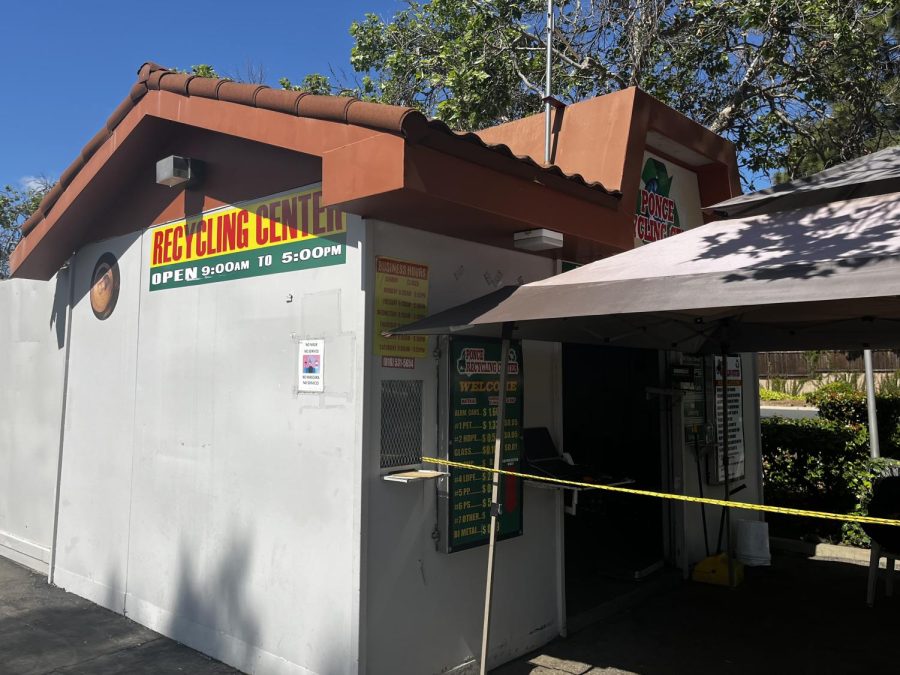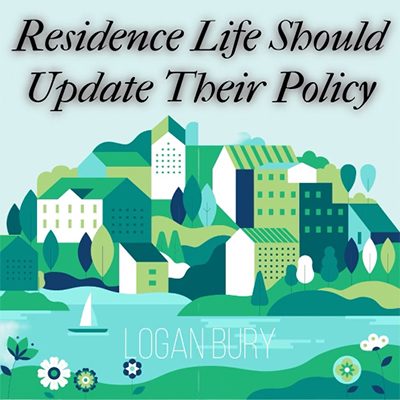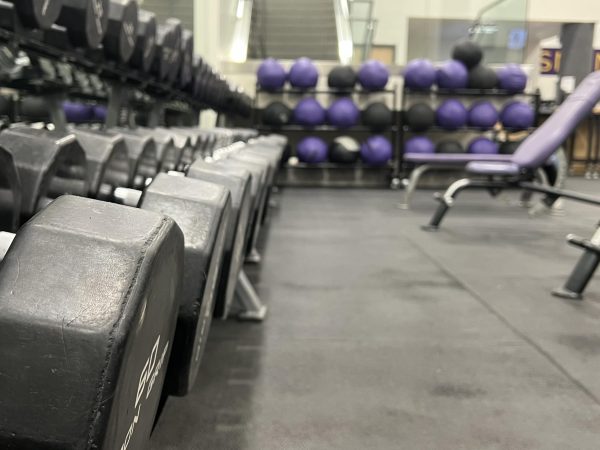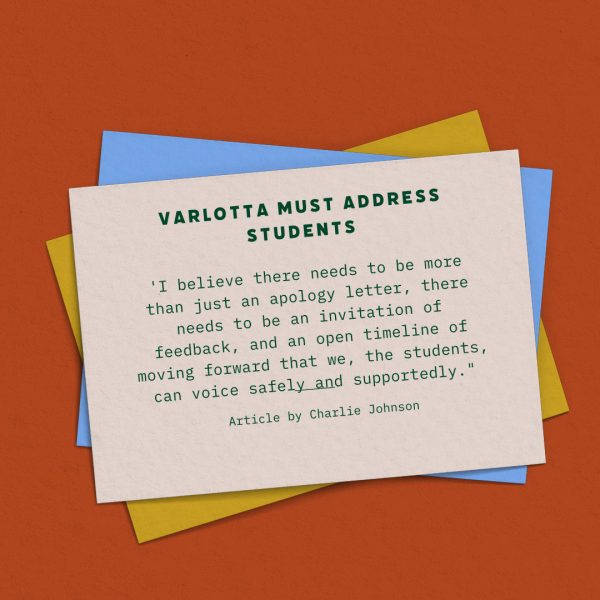Recycling is not enough, more emphasis is needed for reducing and reusing
Photo by Elisa Zody - Reporter
Plastic is more likely to be recycled when you take it to an official recycling center. Get paid to take your empty bottles to the recycling center on Moorpark Road.
April 26, 2022
Everybody knows about the three R’s: reduce, reuse, and recycle. For many of us, recycling has become a part of our daily routine. Recycling is great, but prioritizing reducing and reusing is just as important and should be focused on more.
In elementary school I learned about the three R’s. The main takeaway was the first two R’s were overlooked and recycling was the way my generation was supposed to change the world. Unfortunately, recycling never had the chance to make the difference it was intended to because in 2018 China stopped agreeing to do all of the heavy lifting for us.
Assistant Analyst for the Thousand Oaks Public Works Department Philip Hirrel said in an email interview that the U.S. exported the majority of our recyclables to China for them to deal with for decades prior to 2018. Since then, the market for recycled materials has plummeted.
All products made of plastic have the notorious triangular recyclable symbol on them. However, that symbol doesn’t mean they are actually going to be recycled.
According to the United States Environmental Protection Agency, out of the three million tons of plastic that was used in 2018, only 8.7% was recycled. Even if you consciously drop your empty bottle into the blue bin at the park, the chances of it being turned into something new are slim to none.
Hirrel said there are multiple reasons why plastic isn’t getting recycled. The first being the cost to recycle plastic is larger than profits from selling those recycled products. The second reason is that a whole batch of recyclables can be tossed out if contaminated. Contamination can occur if the materials are covered in food or drink residue. Too many non-recyclable items in one batch could also lead to contamination.
“Recyclable goods will typically be discarded and landfilled when levels of contaminants are too great. Recycling is a business and a company needs to evaluate the cost and benefits of processing a material,” Hirrel said in an email.
Another reason why I don’t like to rely on recycling is because it goes hand in hand with the term zero-waste. The zero-waste movement became popular after a Buzzfeed Youtube video featured one family who could fit a six month’s worth of trash in a single mason jar. Not long after, videos and articles were flooding the internet teaching people how to become zero-waste.
Even though the zero-waste movement has helped bring awareness to the issue of plastic pollution, in my opinion it focuses too much on the end life of our products rather than the entire environmental footprint of the things that we buy.
According to Global Citizen, the plastic bags that are unconsciously brought home from grocery stores or restaurants are born from ethane molecules which go through a process of heating and pressurizing to form polyethylene resin beads. Even if your plastic bag is one of the few that gets recycled, the environmental footprint that it has before you use it is impossible to justify.
The only way we can guarantee a decrease in the extraction of raw materials and energy used during manufacturing of purchased goods is to reduce and reuse.
California Lutheran University Senior Amanda Lewin who is an advocate for sustainability said that one way she practices this is through her shopping habits. She said she avoids buying food products that are packaged in plastic. Instead she gets unpackaged products that come in easier to recycle materials like glass or aluminum.
According to National Geographic, glass and aluminum are more sustainable because they are able to be recycled an infinite number of times. Plastic bottles are usually recycled into lower quality items like thin plastic which can’t be recycled.
“I stopped shopping at the mall and I started buying second-hand. I also started making my own home cleaning products, stopped buying plastic bags and packaging, and stopped buying paper towels,” Lewin said.
After thinking about and deciding that you want to purchase something, it is always a good idea to check and see if you can buy it second-hand on places like Facebook Marketplace. Before throwing anything in the trash, think about ways that item could be reused. For example, I reuse old pill containers to hold my paper clips and I use my old toothbrushes for cleaning.
“Students can stop using plastic cutlery and straws by bringing their own places they go, they can buy second-hand, they can reuse pasta sauce jars as tupperware instead of using plastic baggies,” Lewin said.
You can also reduce your environmental footprint by refusing to accept free single use products.
One easy way that students can do this is by refusing the free spirit wear that is handed out before games. Some of these wasteful items include beaded necklaces, pom poms, and clappers. These single-use products are not needed to show school spirit and therefore should be avoided.
These are just a few ways that we can reduce our environmental footprint. Removing ourselves from the market for resource intensive items is a big factor. By reducing, reusing and recycling whatever is left over, we can make a difference.
“Be mindful of what you’re buying and how you’re using the product. Are you only going to use it once? Do you even need it? Small changes in behavior now could have long lasting effects on your future environment,” Hirrel said.











